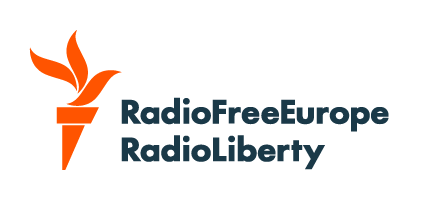President Klaus Iohannis gave approval on October 8 for the creation of Romania's first national Holocaust museum in Bucharest, more than seven decades after the end of World War Two.
An international commission headed by the late Nobel laureate Elie Wiesel, who was born in Romania, came to the conclusion in 2004 that between 280,000 and 380,000 Romanian and Ukrainian Jews were killed in Romania and areas it controlled during the war, as an ally of Nazi Germany.
Romania, now a member of NATO and the European Union, has only recently begun to come to terms with its role in the killing of Jews, admitting for the first time in 2003 that it had taken part.
The museum, coordinated by the Elie Wiesel Institute for the Study of the Holocaust in Romania, aims to promote the history, culture, and traditions of Jews in the country.
"The Romanian state demonstrates consistency in meeting the goal aimed at recovering the memory of the Holocaust, strengthening the education about the Holocaust, and combating anti-Semitism," Iohannis said after signing the decree to establish the institution.
The museum will be located in a 8,000 square-meter, eight-level building erected on the central Calea Victoriei avenue in the early 1940s.
Romania was home to 750,000 Jews before the war, but only 8,000-10,000 remain today.
RFE/RL has been declared an "undesirable organization" by the Russian government.
If you are in Russia or the Russia-controlled parts of Ukraine and hold a Russian passport or are a stateless person residing permanently in Russia or the Russia-controlled parts of Ukraine, please note that you could face fines or imprisonment for sharing, liking, commenting on, or saving our content, or for contacting us.
To find out more, click here.
Editors' Picks
Top Trending
1
Exclusive: The TikTok Trail Of The U.S. Soldier Arrested In Russia Left By His Russian 'Wife'
2Kazakh Billionaire Buys English Soccer Club
32 U.S. Citizens, Including Soldier, Join List Of Americans Being Held In Russia
4Russia Claims Control Over Eastern Ukrainian Town, As Rocket Strikes Kill 3
5Kazakh Ex-Minister Insists In Court He Had No Intention To Kill Wife
6North Macedonia Ruling Party Concedes As Opposition Wins Dual Votes
7Chinese-Made Surveillance Cameras Are Spreading Across Eastern Europe, Despite Security Concerns
8All 5 Central Asian Leaders To Attend Victory Day Parade In Moscow
9North Macedonia's New President Prefers The Country's Old Name
10What Is Behind Serbia And China's 'Ironclad Friendship'?
Subscribe











